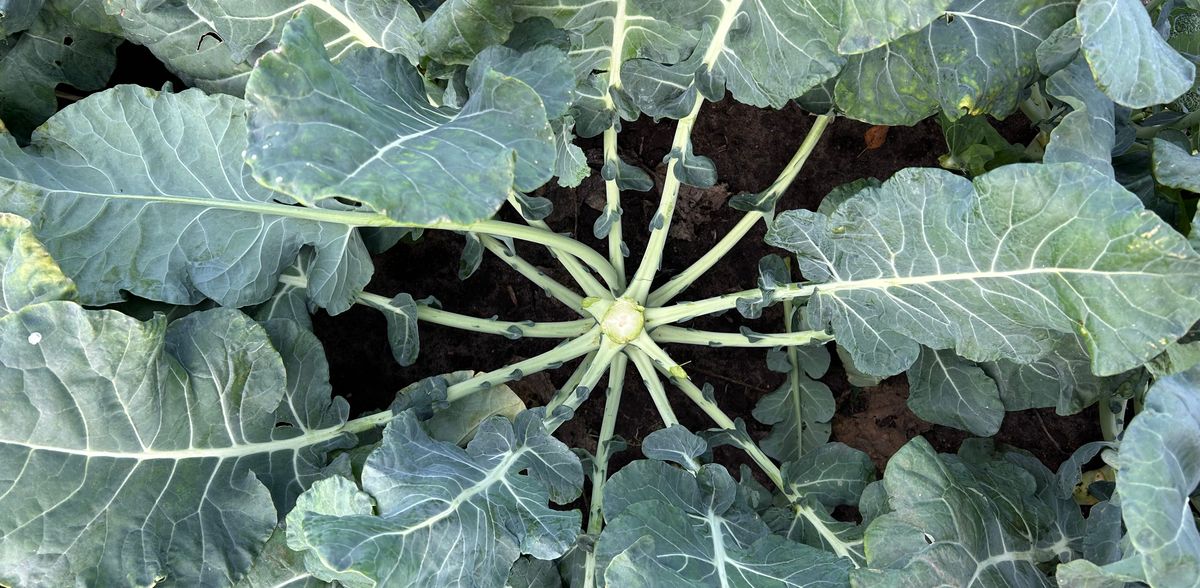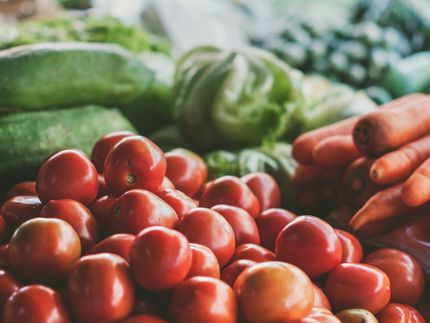Sustainable food innovations from broccoli side streams
The focus is on the cultivation and utilization of the entire plant
Advertisement
Juicy green florets and a full stalk - this is how consumers value broccoli. However, the potential of this healthy vegetable is not yet fully exploited. Against this backdrop, the DIL Deutsches Institut für Lebensmitteltechnik e. V. and Osnabrück University of Applied Sciences met in August 2024 for the kick-off meeting of the ErnteWert research project. Entitled "Sustainable harvesting for healthy added value - food innovations from broccoli cultivation side streams", the three-year project aims to avoid food losses and develop new, healthy foods.
Large quantities of broccoli are grown in Germany every year, but only the flower is harvested. This means that around 70 percent of the plant remains unused in the field. The aim of the project is to utilize these previously unused parts of the plant and incorporate them into food production. The project is being funded with around 900,000 euros by the Federal Ministry of Food and Agriculture (BMEL) and supervised by the Federal Office for Agriculture and Food (BLE).
The focus is on the cultivation and utilization of the entire plant
One approach that the researchers are pursuing is the utilization of so-called side streams for the production of new foods with high nutritional value. These include, for example, pesto, soups, vegetable patties and pasta. Biofortification with selenium, i.e. the targeted increase of the selenium content in the crop, is also intended to increase nitrogen efficiency and increase the content of valuable ingredients. The project team is therefore investigating whether selenium improves the use of nitrogen in broccoli cultivation and whether less nitrogen fertilizer is required as a result, thereby significantly reducing climate-damaging nitrous oxide (N₂O) emissions at the same time. The researchers are also investigating how different amounts of fertilizer and the use of different parts of broccoli - stalk, leaves - after harvesting affect nitrous oxide emissions. Also in focus: the influence of the different utilization methods of broccoli side streams on the CO₂ footprint.
Other questions concern how selenium biofortification and various processing techniques influence the content of valuable and value-reducing ingredients in the new food products. Surveys will show how consumers feel about the new developments from broccoli side streams. They will also identify potential barriers and incentives for the integration of unused plant parts into the value chain, from cultivation to processing and retail. Finally, the project also includes the development and sensory evaluation of new food products as well as pilot scale production to test the practical implementation of the ideas.
The kick-off meeting laid a solid foundation for the joint project work
At the kick-off meeting, Prof. Dr. Diemo Daum and Hannah Ovelhey from Osnabrück University of Applied Sciences presented their concepts for sustainable broccoli cultivation. Dr. Nino Terjung and Franziska Witte from the DIL are responsible for product development, which is closely aligned with the findings of consumer research. The latter is led by Prof. Dr. Ulrich Enneking, Dr. Sebastian Kretschmer and Ann-Kristin Welk (all from Osnabrück University of Applied Sciences), who are interviewing consumers and producers along the value chain. At the same time, Prof. Dr. Sergiy Smetana and Abbigel Sadhu from the DIL are working on a life cycle analysis (LCA). They are identifying the key areas in which improvements are particularly effective on the CO2 footprint.
Franziska Witte, research associate in the Product Innovation department at DIL, commented on the meeting: "It was a productive exchange that gave us important insights into the opportunities and challenges of broccoli side-stream recycling. We are looking forward to the next steps and how our developments will contribute to sustainability in vegetable production."
In addition to the presentations and discussions, the kick-off included a tour of the DIL facilities and a visit to the broccoli fields of Mählmann Gemüsebau GmbH & Co KG from Cappeln, where the ongoing field trials could be viewed on site. The meeting laid a strong foundation for the coming phases of the project and the successful implementation of the objectives.
Note: This article has been translated using a computer system without human intervention. LUMITOS offers these automatic translations to present a wider range of current news. Since this article has been translated with automatic translation, it is possible that it contains errors in vocabulary, syntax or grammar. The original article in German can be found here.

































































